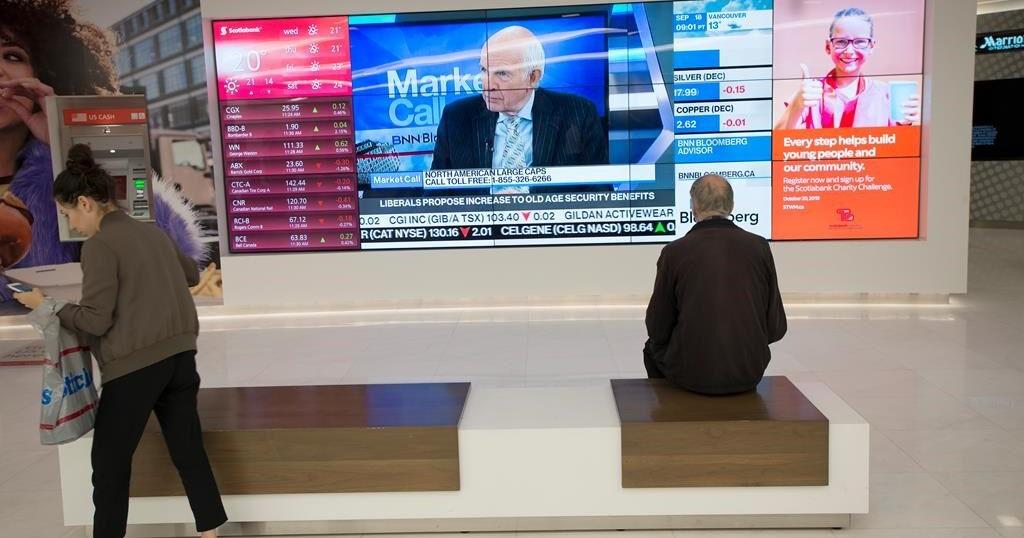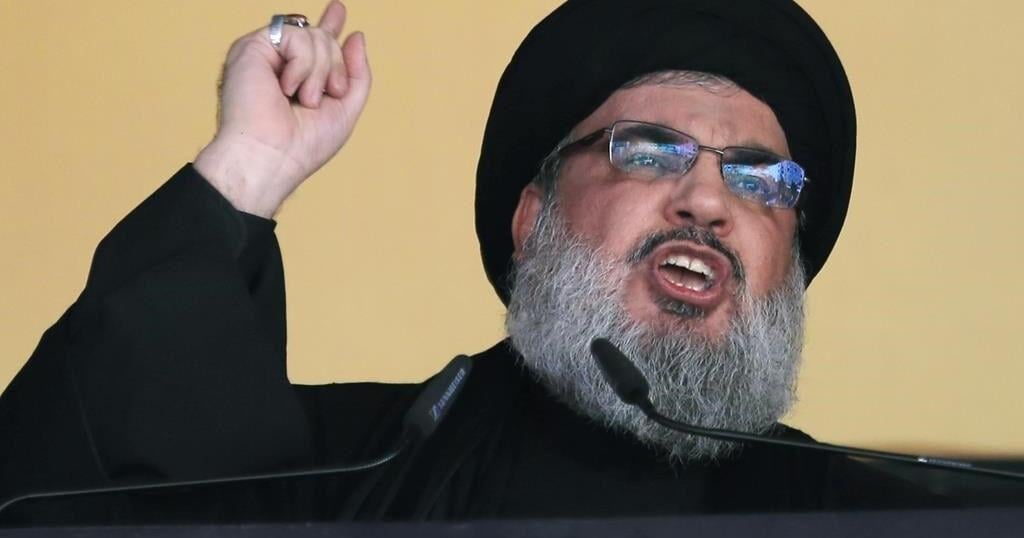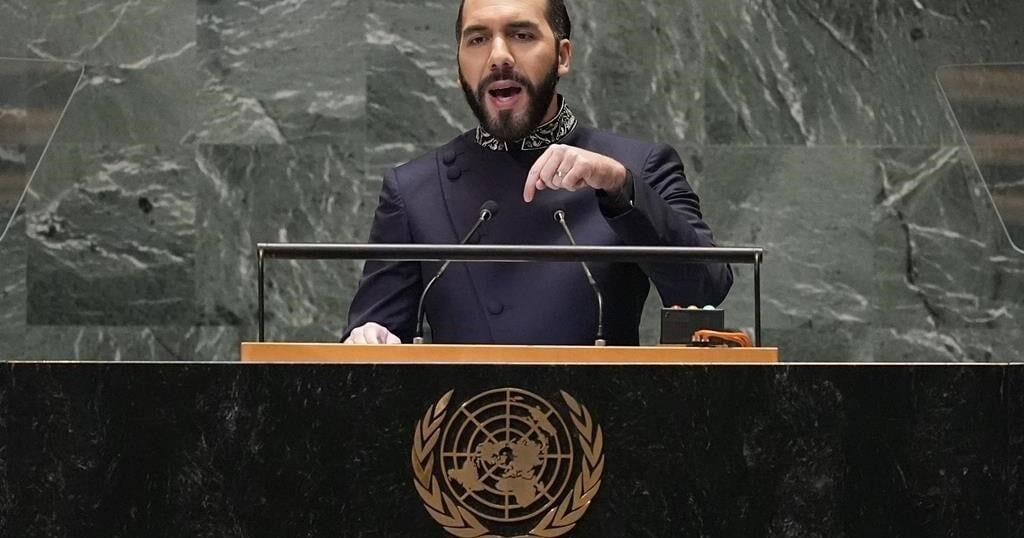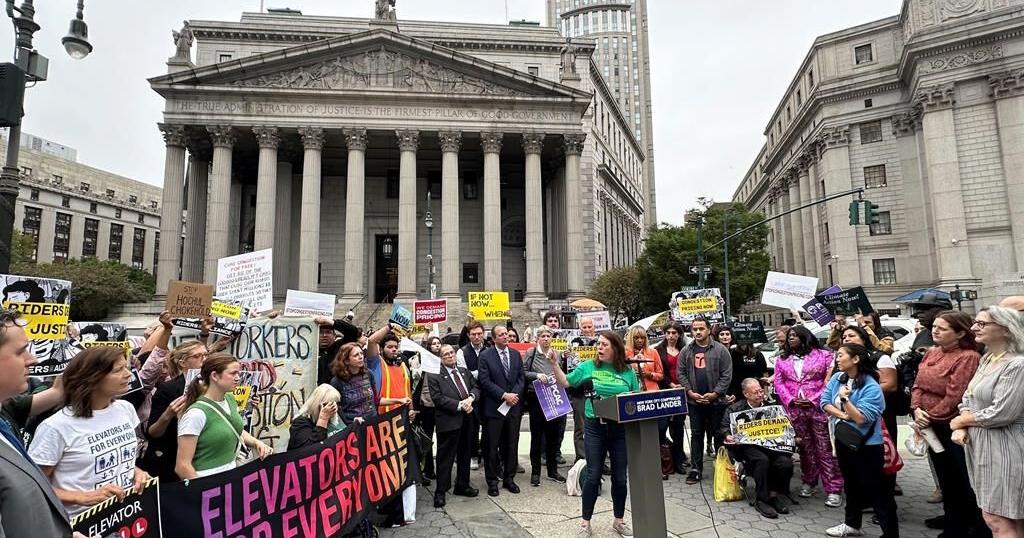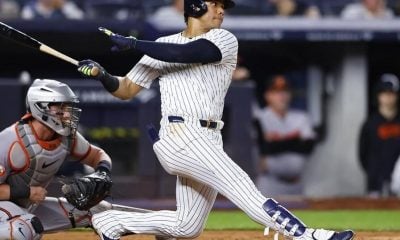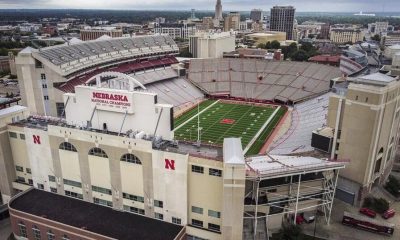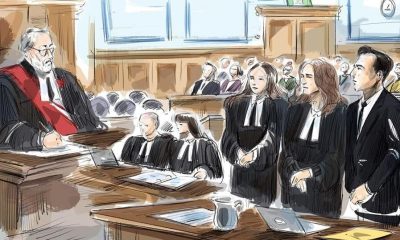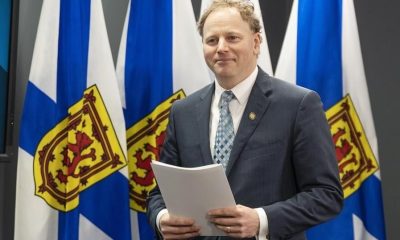TORONTO – Canada’s main stock index dipped lower Friday despite strength in energy stocks, while U.S. markets were mixed as the Dow eked out another record but tech stocks dragged.
The mood Friday was mixed after a strong week for equities in both Canada and the U.S., said Andrew Buntain, vice-president and portfolio manager at Fiduciary Trust Canada.
The S&P/TSX composite index closed down 77.01 points at 23,956.82, one day after it . It closed over 24,000 for the first time on Thursday.
The strength this past week wasn’t just in North American markets, noted Buntain, as Chinese stocks enjoyed a rally after the country’s central banks announced a suite of measures intended to boost the economy.
Meanwhile, an undercurrent of broadening strength continued this week as investors spread out their interest beyond a narrow set of tech giants, said Buntain.
“Some of the sectors that have been ignored for several years have been some of the better performers this year,” he said.
“We’re very encouraged by that.”
In New York on Friday, the Dow Jones industrial average was up 137.89 points at 42,313. The S&P 500 index was down 7.20 points at 5,738.17 after setting an all-time high on Thursday, while the Nasdaq composite was down 70.70 points at 18,119.59.
A report Friday on one of the U.S. central bank’s preferred measures of inflation — the personal consumption expenditures price index — showed continued cooling.
The Federal Reserve started lowering its key interest rate last week, and is expected to keep going this fall and into 2025.
However, the Fed’s next interest rate decision isn’t until November, noted Buntain, so there’s plenty of data for the central bank to take in yet — including next week’s labour report.
The job market has been an increasingly key focus for the central bank after recent reports showed cooling in that area of the economy. Friday’s report also showed consumer spending in August didn’t meet economists’ expectations.
In Canada, where the Bank of Canada is set for its next rate decision later in October, Friday brought a GDP report that was a little stronger than expected, said Buntain.
“The Bank of Canada has already delivered three cuts and signalled maybe some further reductions,” he said.
If inflation continues to move lower, Buntain added, the Bank of Canada could even announce an outsized half-percentage-point cut, echoing the Fed’s move last week.
The Canadian dollar traded for 74.08 cents US compared with 74.22 cents US on Thursday.
The November crude oil contract was up 51 cents at US$68.18 per barrel and the November natural gas contract was up 15 cents at US$2.90 per mmBTU.
The December gold contract was down US$26.80 at US$2,668.10 an ounce and the December copper contract was down four cents at US$4.60 a pound.
— With files from The Associated Press
This report by The Canadian Press was first published Sept. 27, 2024.
Companies in this story: (TSX:GSPTSE, TSX:CADUSD)

